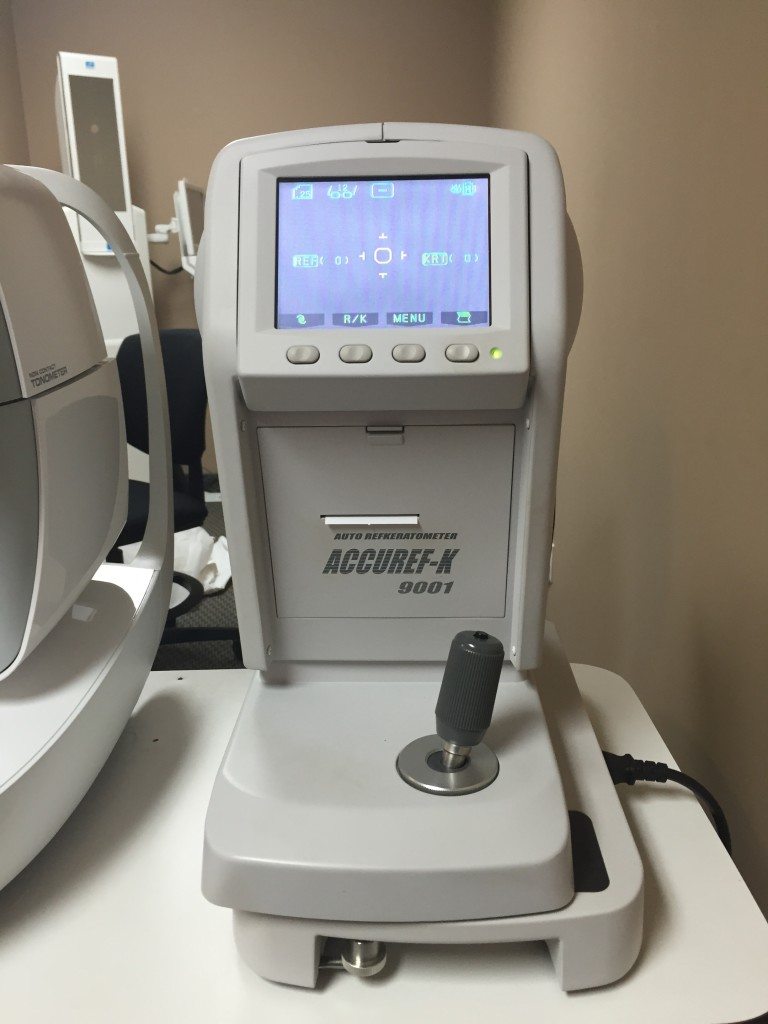
Diabetes is a leading cause of blindness among adults between the ages of 20 and 74. That’s a sobering thought. Experts say that regular eye exams could considerably reduce the risk of vision impairment or blindness associated with diabetes. Yet many people with diabetes don’t get regular eye exams.
If you’re a diabetic, you could save your sight by booking regular eye exams with an eye doctor.
Many Diabetics Unaware of Risks
People with diabetes are encouraged to have a dilated retina eye exam once a year but many don’t follow up with these regular eye check-ups.
Some believe that they haven’t had diabetes long enough for it to affect their sight. Others are unaware that diabetic macular edema is a leading cause of vision loss and blindness. The macula is the part of the retina at the back of the eye. Macular edema happens when there is abnormal leakage and an accumulation of fluid in the macula.
Diabetic Eye Disease
Diabetic eye disease is defined as a group of eye-related health concerns that are particularly common among those with diabetes. The most common forms of diabetic eye disease are:
- Diabetic retinopathy, which is caused by damage to the blood vessels of the light-sensitive tissue at the back of the retina
- Cataracts
- Glaucoma
Diabetic retinopathy is the principal cause of blindness in diabetics and is caused by a change in the blood vessels located in the retina. Some people experience swelling and fluid leaking from the blood vessels into the macula of the eye.
The macula is the part of the retina that provides sharp vision. Swelling and leakage is known as diabetic macular edema (DME.)
Others with diabetic retinopathy have new blood vessels form on the surface of the retina. Either way, these changes can lead to partial or complete blindness.
Two Types of Diabetic Retinopathy
The two types of diabetic retinopathy are non-proliferative (early stage) and proliferative (advanced stage).
Non-proliferative diabetic retinopathy can be either mild, moderate or severe. Non-proliferative means there are no new blood vessels growing yet. Instead, existing blood vessels swell as sugar starts to clog them. As progressively more blood vessels become blocked, they begin to leak and parts of the retina suffer from a lack of blood supply.
When this progression becomes bad enough, the body is signaled to start growing new blood vessels.
Proliferative diabetic retinopathy means that new blood vessels have begun to grow along the retina. However, these new blood vessels are fragile and leak blood and fluid. Blurry vision can result and quickly progress to severe vision loss or blindness. There is also an increased risk of developing other problems such as glaucoma or a detached retina.
Symptoms of Diabetic Retinopathy
Symptoms of diabetic retinopathy may include dark spots anywhere in your field of vision, blurry or distorted vision, seeing double or large floaters moving around.
Silent Sight Stealers
The biggest problem for diabetics is that there are very often no symptoms of a problem until the disease is far advanced so you may not know that your sight has been damaged until it’s too late. That’s why early detection by means of a dilated eye exam is so important.
With early detection, appropriate treatment and proper follow-up, your risk of severe vision loss from diabetic retinopathy can be reduced by 95 percent.
Treatments for Diabetic Retinopathy
You may need treatment for diabetic retinopathy if it has affected the center of the retina, abnormal new blood vessels have started to appear, or your peripheral (side) vision has been severely damaged.
There is no cure for diabetic retinopathy but treatment works very well to prevent, delay or reduce loss of vision. The treatment options available for patients with diabetic retinopathy, include:
- Laser eye surgery
- Injections of anti-vascular endothelial growth factor (anti-VEGF) medications that block the actions of a protein that is the cause of abnormal blood vessel growth and leakage in the eye
- Surgical removal of the vitreous gel can help improve vision if the retina hasn’t been badly damaged
Treatments may have to be repeated as the condition worsens.
If you have diabetes, be sure to have a yearly eye exam that includes a dilated retina exam. Early diagnosis and treatment is the key to protecting yourself from vision loss.
Controlling your blood sugar is always important, especially after being treated for diabetic retinopathy, as it can help keep it from getting worse.

